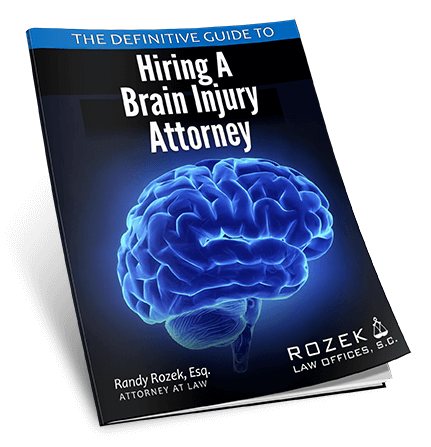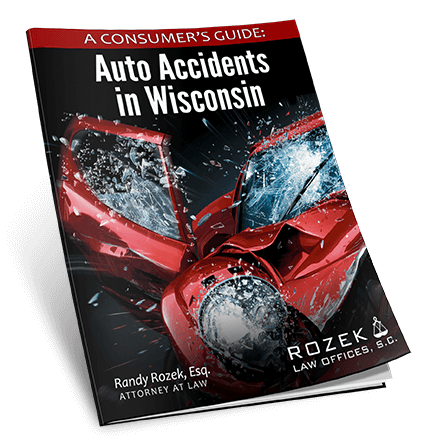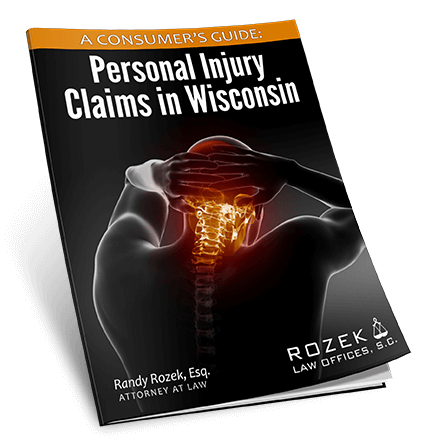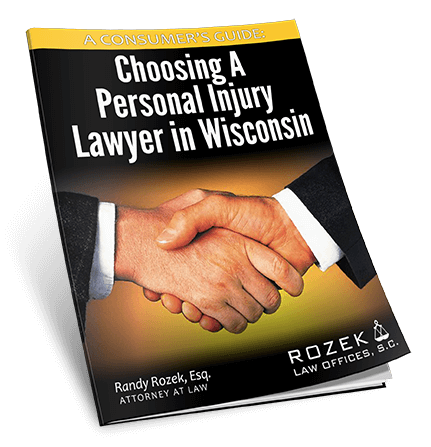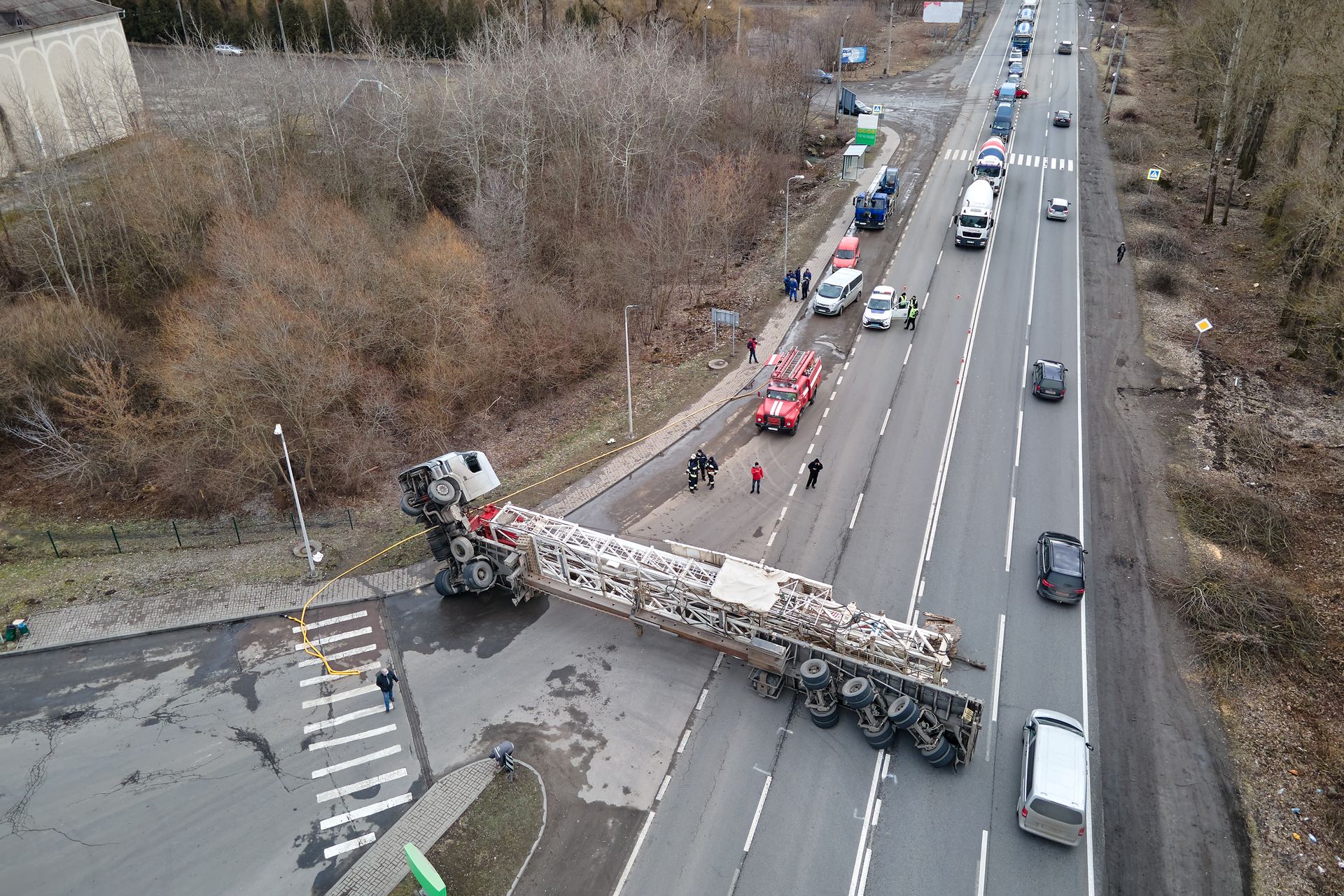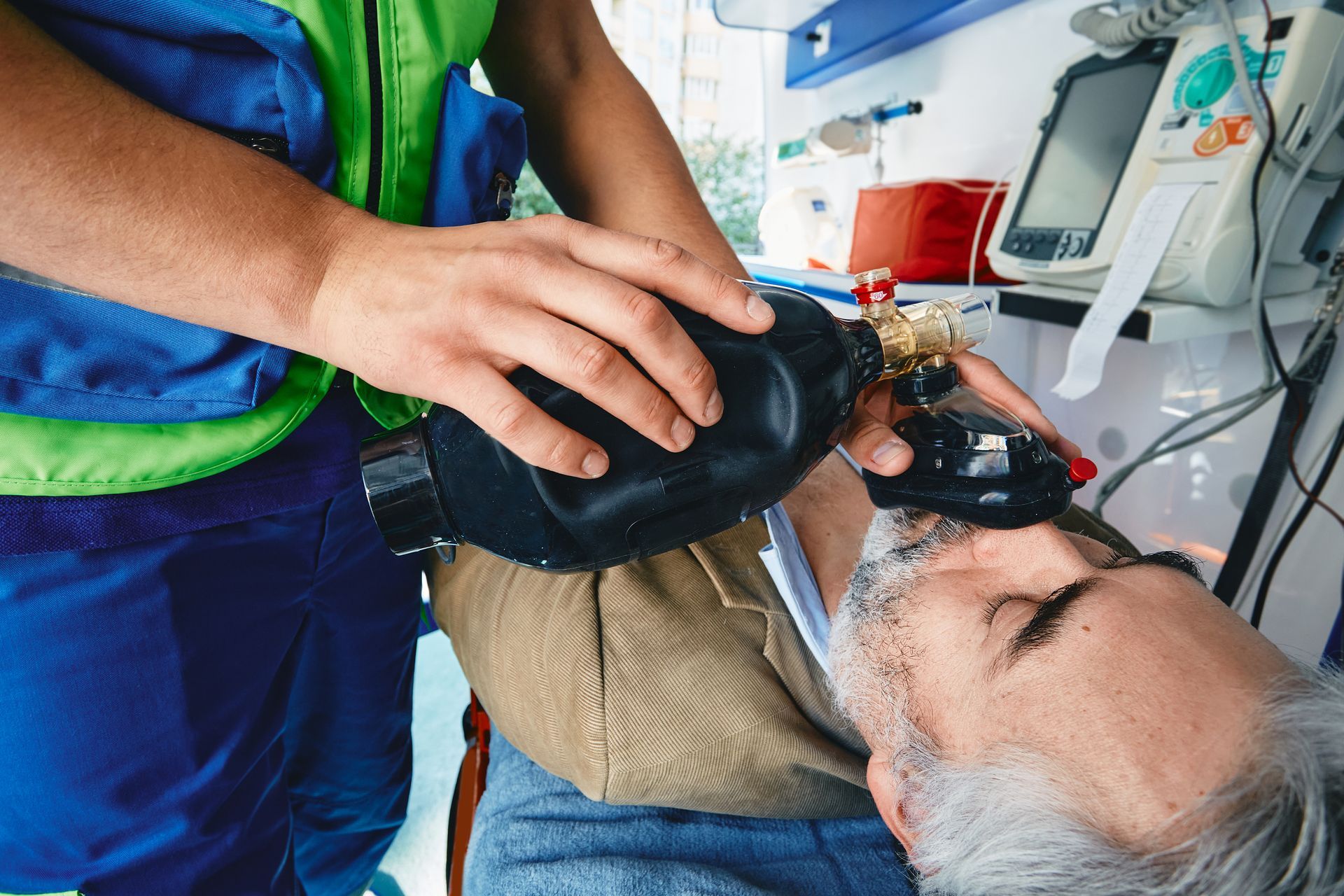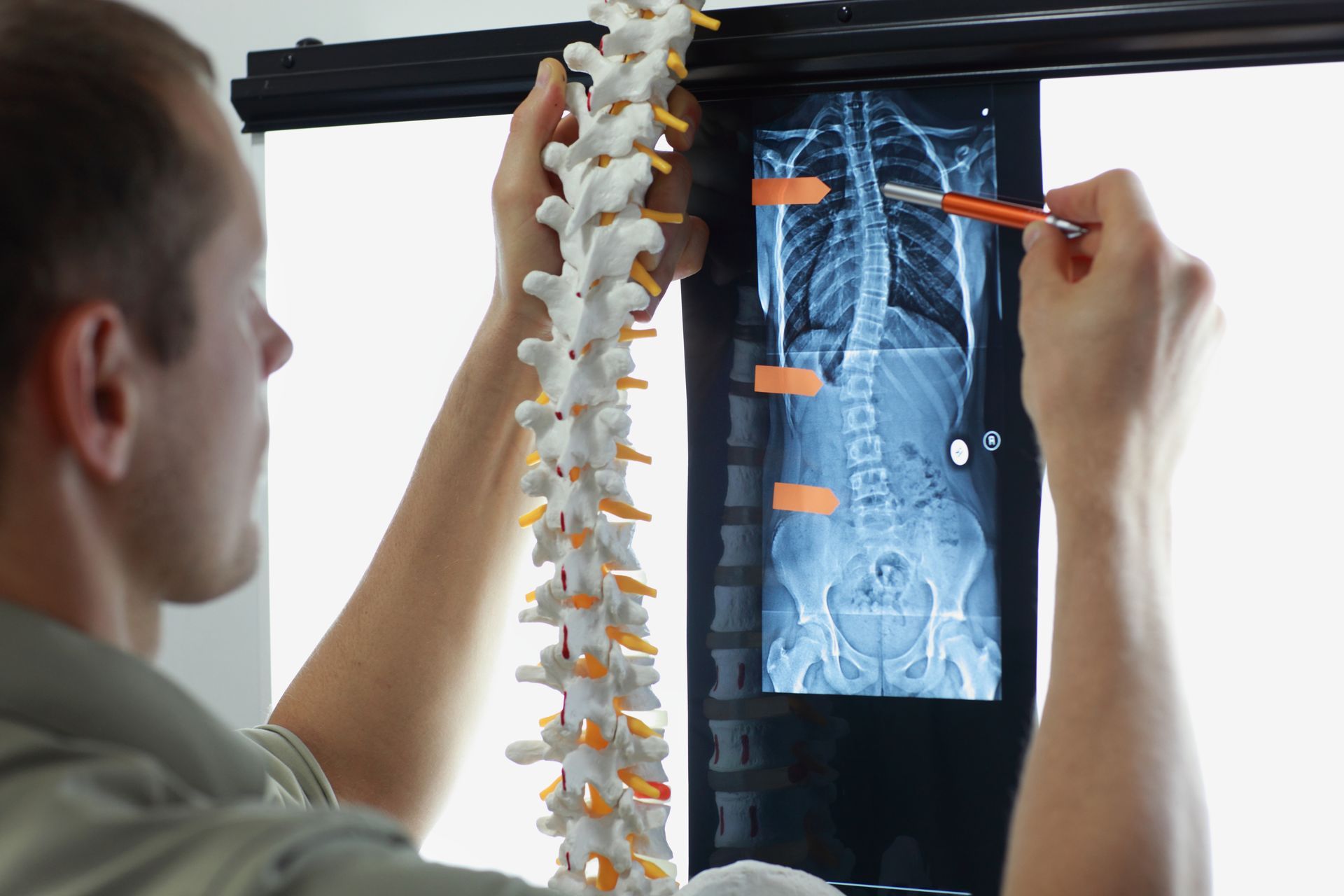Construction Accident Lawyer
in Wisconsin
in Wisconsin

Construction Site Accident Attorney
Construction sites in Wisconsin can be a very dangerous place for workers as well as the public. The very nature of construction sites are dangerous. There are dangerous obstacles and dangerous tools at every turn. It is critically for contractors to establish and follow specific, well-thought out guidelines for keeping construction sites as safe as reasonably possible.
Most Wisconsin Construction Site Injuries involve the failure of contractors or sub-contractors to reasonably ensure the safety of employees at the construction site. Construction is the most dangerous trade. The Occupational Safety and Health Administration (OSHA)
estimates that there are over 1000 construction site deaths each year in the United States. Common construction site accidents can include:
- Crane Accidents
- Falls
- Roof Collapse
- Scaffolding Accidents
- Welding Accidents
- Falling Tools
- Falling Building Materials
- Elevator Accidents
- Building Collapse
- Fires
- Explosions
- Electrical Accidents
- Forklift Accidents
- Nailgun Accidents
While most injured construction site workers will qualify for Wisconsin Worker’s Compensation Benefits, these benefits oftentimes do not provide for full reimbursement of all of the injury victim’s damages. Our goal in Wisconsin construction site accidents is to conduct a thorough investigation of the accident to determine if there is the potential for a “third-party” recovery, i.e. is the injured worker able to pursue a case against anyone other than their employer for the full extent of their damages.
When choosing a lawyer, it is critical that you hire an experienced Wisconsin Construction Site Accident Lawyer. You should be comfortable with your lawyer’s experience handling Wisconsin Construction Site Accident Personal Injury Cases. in which you have been involved. Contact an Experienced Wisconsin Construction Site Accident Lawyer.
Wisconsin Construction Site Accident Law
Wisconsin construction site accident law can be quite complicated and requires a careful examination of the facts surrounding the accident, the different contracts between the owner, the general contractor and the subcontractors, and a careful analysis of Wisconsin worker’s compensation laws.
In general, Wisconsin constructions sites are covered by the Wisconsin Safe Place Law governing public property owners.
Wisconsin Safe Place Law simply refers to a set of Wisconsin Statutes drafted by the legislature that requires certain public property owners and employers. The owner or employer is required to keep their premises as safe as the nature of their business reasonably permits. This requirement includes the construction, maintenance and repair of the premises. As with private property, trespassers are not covered by the Wisconsin Safe Place Law. Business and employers are not required to keep their property absolutely safe, but the must keep the property as free from danger to the life, health, safety, or welfare of visitors or employees as the nature of the property will reasonably permit. This requires the owner or employer to use reasonable care in inspecting the property for problems.
Wisconsin Safe place violations by building owners can be separated into to types: structural defects
and defects associated with the structure. A structural defect
is an unsafe condition on property that has been “built-in” in the sense that structural defects include improper building materials, improperly designed buildings or even an improperly laid out building. Steps that do not have appropriate traction or the lack of a handrail on a stairway where one is required would be examples of structural defects.
A defect associated with the structure means an unsafe condition due to disrepair or lack of adequate maintenance.As a practical matter, the biggest distinction between structural defects
and defects associated with the structure
is that injured persons are not required to prove that the owner of the property was aware, or should have been aware, of the structural defect.


